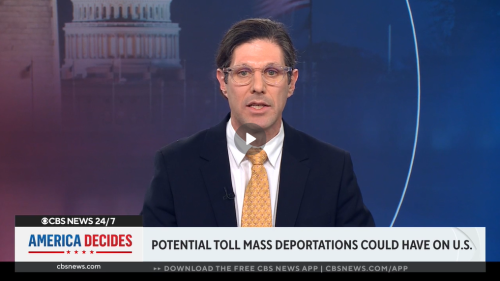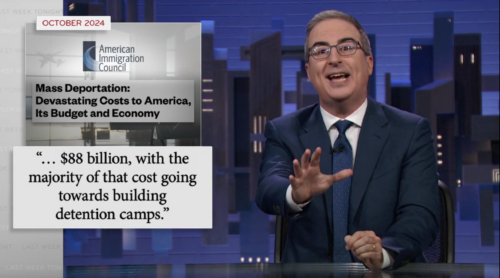Eurasia Review
August 23, 2012
At one time in the recent past, leaders in developing countries and in international organizations decried the “brain drain” that led the best and brightest in what we used to call the “third world” to emigrate to the West to take advantage of superior educational and employment opportunities. The United States was the destination of choice, both for these reasons and because other societies were seen as less hospitable to immigrants. These foreign-born students became successful professionals and entrepreneurs after graduation, and their children, in turn, became some of the highest-performing students in American schools, changing the culture, which became aware of the “tiger mom” effect. Then, in an unexpected turn of affairs, partly due to the politicization of the immigration issue, the United States started denying work visas to graduates, telling talented foreign students, “Go home, and take your degree with you.”
As any student of innovation knows, promoting innovative thinking is, at best, an inexact enterprise. One of the few certainties, however, is that innovation happens at edges, where turbulence promotes mixing, more often than at the stable center, where people and ideas have greater homogeneity. In genetics, this translates to environmental stress that makes it possible for a mutation that is favorable to changed conditions to confer a survival advantage. In academia and industry, the concept is more akin to cross-pollination, as a newly minted Ph.D. leaves her institution to take up a teaching or research post at another university, government laboratory or company.



